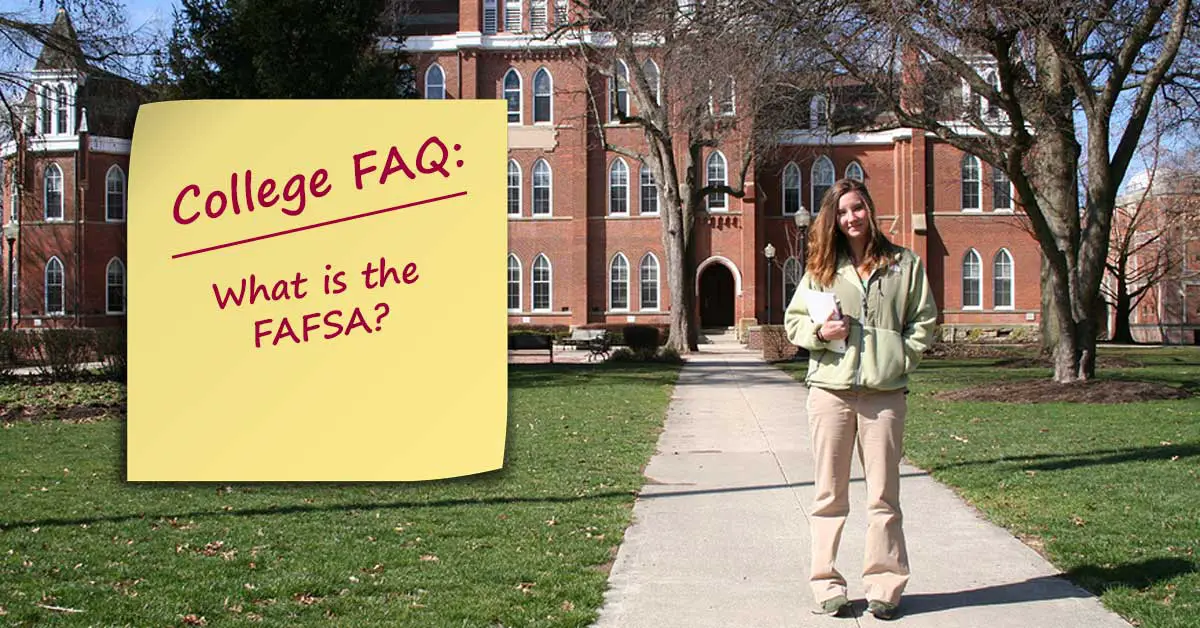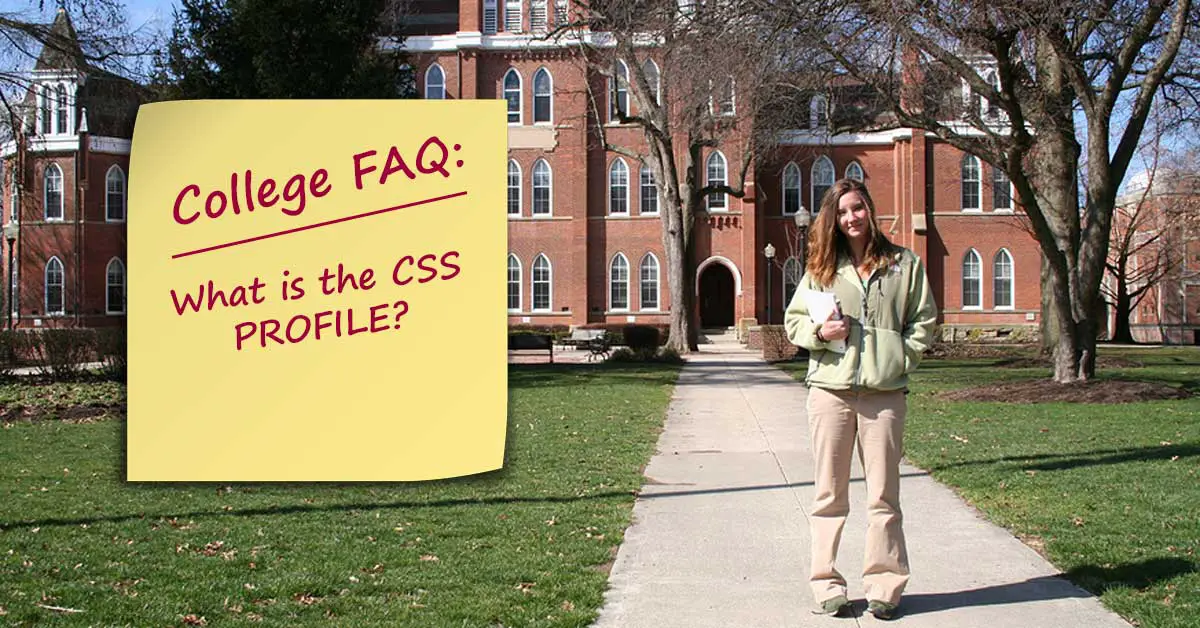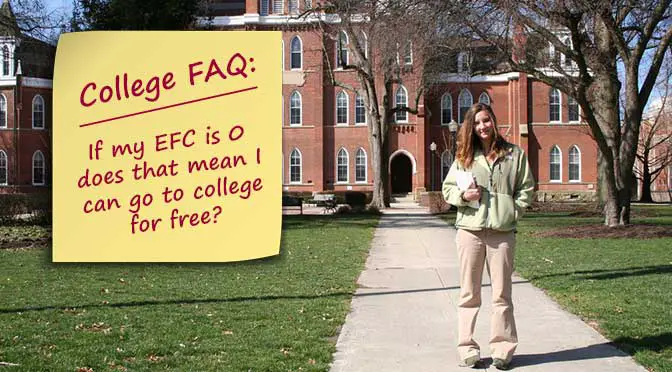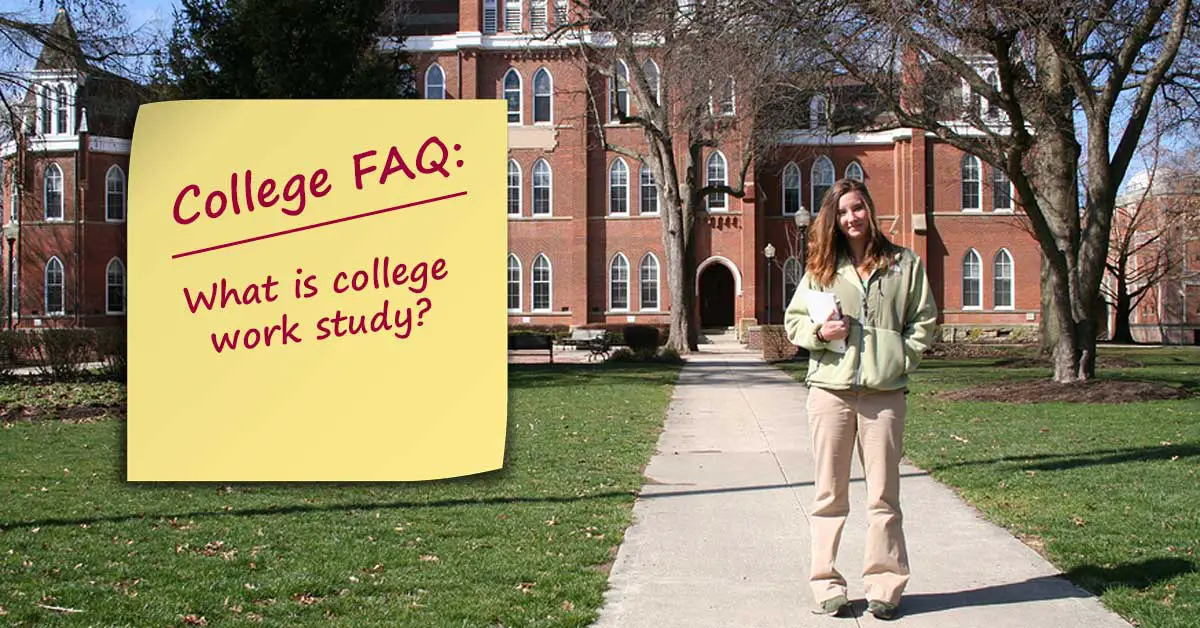 Students are not likely to receive the same amount of financial aid every year. This can be a good thing or a bad thing but too often is a bad thing. Students must apply for financial aid each year and any changes in their families’ circumstances can affect their EFC/SAU and the amount of money awarded. This can be a good thing when a family’s situation changes for the worse and the student receives additional aid to compensate for a lower EFC/SAI. The same would be true if the EFC/SAI remained the same but the cost of attendance increases as it has been known to do.
Students are not likely to receive the same amount of financial aid every year. This can be a good thing or a bad thing but too often is a bad thing. Students must apply for financial aid each year and any changes in their families’ circumstances can affect their EFC/SAU and the amount of money awarded. This can be a good thing when a family’s situation changes for the worse and the student receives additional aid to compensate for a lower EFC/SAI. The same would be true if the EFC/SAI remained the same but the cost of attendance increases as it has been known to do.
Money
FAQ: What is the FAFSA?
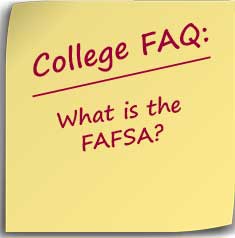 The FAFSA is the Free Application for Federal Student Aid administered by the Office of Federal Student Aid. Students must submit the FAFSA to qualify for any federal financial aid, most state aid programs, and the vast majority of college aid programs. There is no cost to complete the FAFSA.
The FAFSA is the Free Application for Federal Student Aid administered by the Office of Federal Student Aid. Students must submit the FAFSA to qualify for any federal financial aid, most state aid programs, and the vast majority of college aid programs. There is no cost to complete the FAFSA.
FAQ: Do I have to be accepted to a college to apply for financial aid?
 No. You don’t have to be accepted to a college to apply for financial aid. You can submit the Free Application for Federal Student Aid (FAFSA) and the College Service Scholarship PROFILE (CSS PROFILE) any time after October 1 of your senior year. You do need to be admitted to a school actually receive financial aid.
No. You don’t have to be accepted to a college to apply for financial aid. You can submit the Free Application for Federal Student Aid (FAFSA) and the College Service Scholarship PROFILE (CSS PROFILE) any time after October 1 of your senior year. You do need to be admitted to a school actually receive financial aid.
FAQ: What is EFC (Expected Family Contribution)?
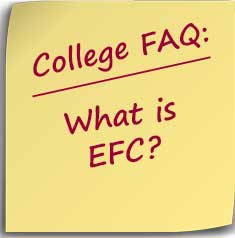 EFC stands for expected family contribution. This is the amount of money families are expected to pay for their students to attend college. Colleges and federal and state governments use the EFC to calculate a student’s financial aid award. The basic theory is that the lower your EFC, the bigger your financial aid award. A family with an adjusted income of $50,000 and two dependents would expect to have an EFC of around $3,800 without considering any other financial assets. A family with income of $100,000, would have an EFC of approximately $20,000.
EFC stands for expected family contribution. This is the amount of money families are expected to pay for their students to attend college. Colleges and federal and state governments use the EFC to calculate a student’s financial aid award. The basic theory is that the lower your EFC, the bigger your financial aid award. A family with an adjusted income of $50,000 and two dependents would expect to have an EFC of around $3,800 without considering any other financial assets. A family with income of $100,000, would have an EFC of approximately $20,000.
What is the CSS PROFILE? The Other Financial Aid Form
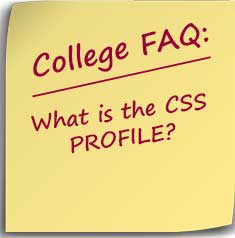 The CSS PROFILE is basically a non-governmental financial aid application administered by the College Board, the same people who bring you the SAT and the AP Exams. Although used by some scholarship programs and graduate schools (the CSS stands for College Scholarship Service), it is more commonly used by over 200 colleges to determine eligibility for institutional aid. (You can see a list of all PROFILE colleges below.)
The CSS PROFILE is basically a non-governmental financial aid application administered by the College Board, the same people who bring you the SAT and the AP Exams. Although used by some scholarship programs and graduate schools (the CSS stands for College Scholarship Service), it is more commonly used by over 200 colleges to determine eligibility for institutional aid. (You can see a list of all PROFILE colleges below.)
FAQ: If my EFC is 0 does that mean I can go to college for free?
 Unfortunately, even if your EFC is 0, the answer for most students is “no.” Although the federal government has determined that if your expected family contribution (EFC) is 0, there isn’t any requirement that the government or the college provide you with the money to pay for the total cost of your education. When your EFC is 0, you can be sure of receiving the maximum allowed Pell Grant for the year ($6345 for 2021) as well as qualifying for the maximum government subsidized loan. However, there are three issues you need to be aware of when your EFC=0.
Unfortunately, even if your EFC is 0, the answer for most students is “no.” Although the federal government has determined that if your expected family contribution (EFC) is 0, there isn’t any requirement that the government or the college provide you with the money to pay for the total cost of your education. When your EFC is 0, you can be sure of receiving the maximum allowed Pell Grant for the year ($6345 for 2021) as well as qualifying for the maximum government subsidized loan. However, there are three issues you need to be aware of when your EFC=0.
FAQ: How will I get my financial aid money?
 Federal, state, loan disbursements, and institutional financial aid is distributed through your college. Outside scholarships maybe be distributed directly to the student with the student being obligated to report the scholarship to the school’s financial aid office.
Federal, state, loan disbursements, and institutional financial aid is distributed through your college. Outside scholarships maybe be distributed directly to the student with the student being obligated to report the scholarship to the school’s financial aid office.
FAQ: What is work study?
 The federal work study program is one of the financial aid options available when you qualify for federal aid. Colleges administer the work study program with the federal government paying half the salary. The amount of money earned by the student in a work study job is considered part of the financial aid package and doesn’t reduce future financial aid awards.
The federal work study program is one of the financial aid options available when you qualify for federal aid. Colleges administer the work study program with the federal government paying half the salary. The amount of money earned by the student in a work study job is considered part of the financial aid package and doesn’t reduce future financial aid awards.
FAQ: How do you get in-state tuition?
 Public colleges and universities charge non-residents higher tuition than in-state residents. Therefore, students who want to attend an out-of-state public university often think they can simply move to the desired state and pay lower tuition.
Public colleges and universities charge non-residents higher tuition than in-state residents. Therefore, students who want to attend an out-of-state public university often think they can simply move to the desired state and pay lower tuition.
It’s generally not that easy. There’s a difference between establishing general residency and residency for tuition purposes. Each state has its own rules for establishing residency for tuition purposes. Students are required to live anywhere from 6 to 24 months before becoming eligible for in-state tuition.


